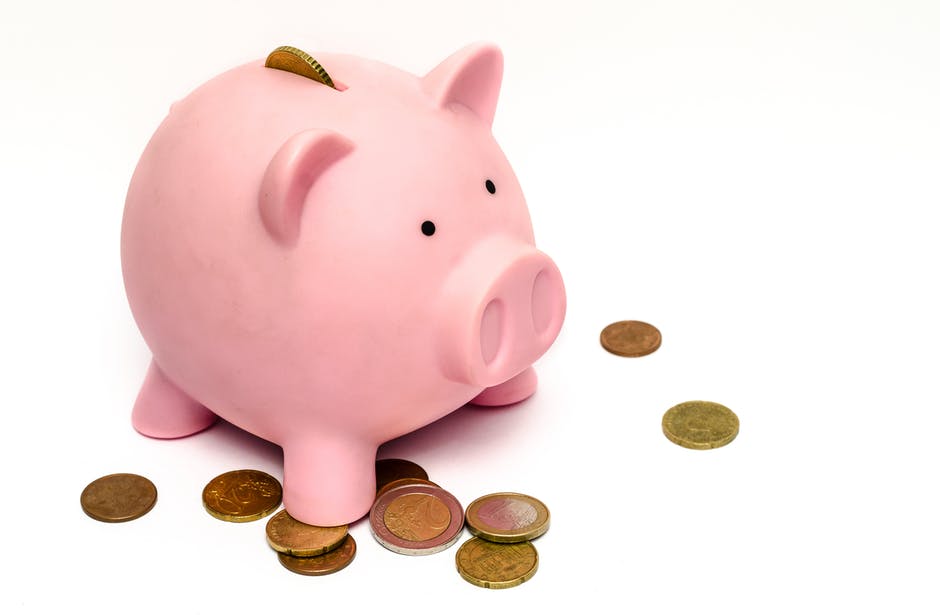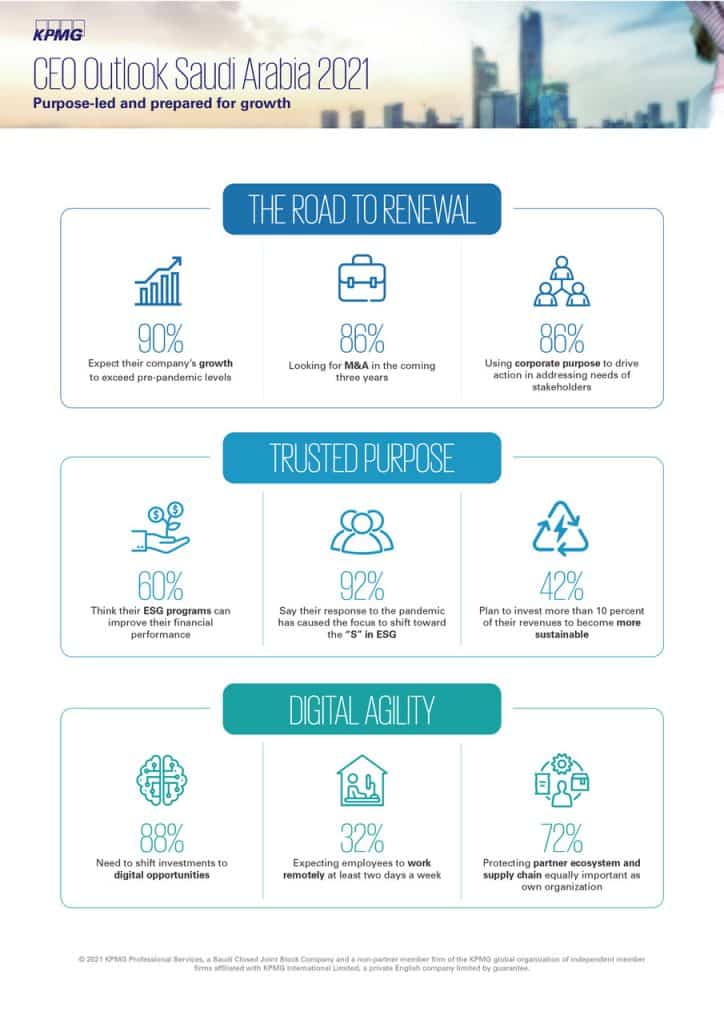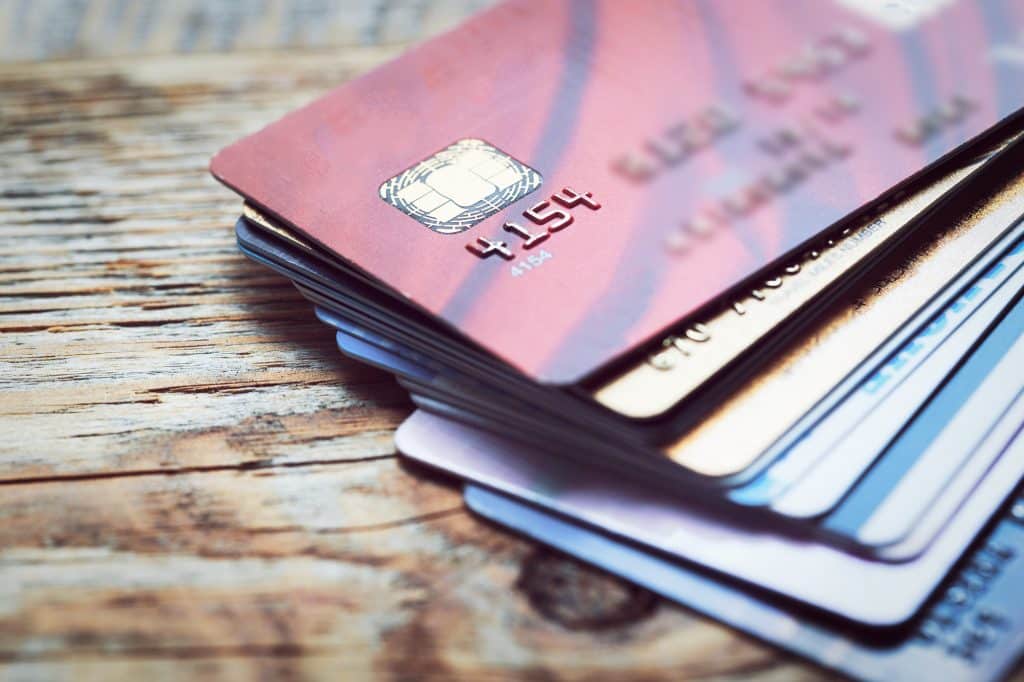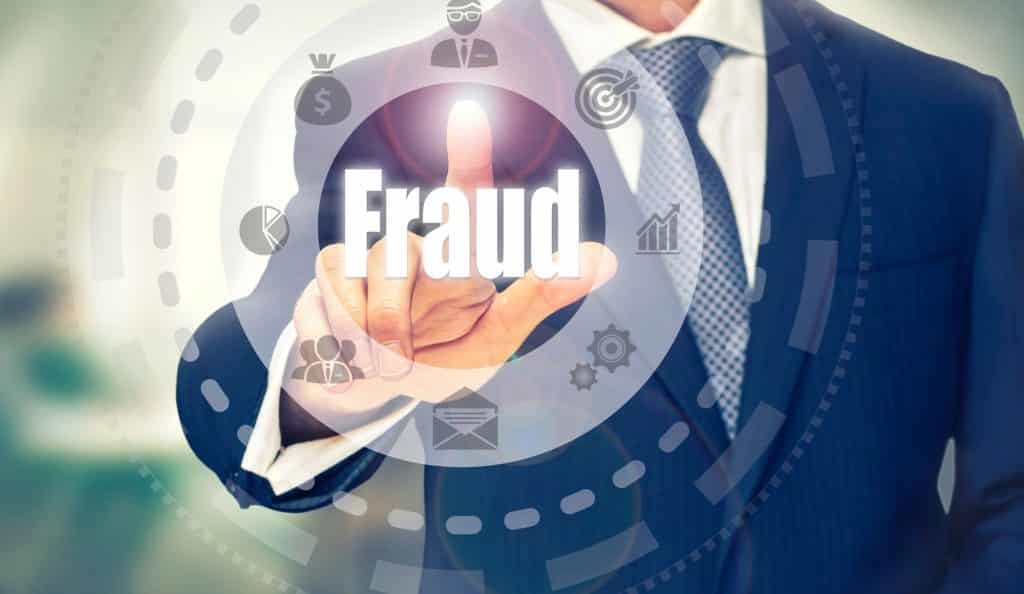Looking to improve your financial situation? Whether you are struggling to make ends meet, you have a savings goal or you simply want a little extra in your pocket each month, there are a few money-saving tips that can transform your finances and life.
Many people wonder how to save more money and it can certainly be difficult when you have many outgoings. There are both big and small changes that you can make as part of a money-saving strategy that will deliver results. So, if you are looking for ways to save money each month then read on for the best budgeting tips.
1. Track Spending
First, you should track your spending. Keep track of every single expense that your household has for an entire month and list these in a spreadsheet. You should also subtract this from your total household income to see how much money you are saving each month. This will help you to see where your money is going and help you to feel in control of your spending.
2. Scrutinize Every Outgoing
Following on from this, you should then go through each of these expenses to see if they can be eliminated or if there are savings that can be made. Even making a minor adjustment to a small regular expense can make a big difference over the course of the year, such as bringing your own coffee in a flask instead of buying coffee each day.
3. Set Savings Goals
Many people spend frivolously because they see any leftover money as a bonus. Instead of throwing money away at things that you do not need, you should set yourself a savings goal. This will encourage you to tuck away any excess money and reduce your spending. You can keep this money in a high-interest savings account to grow your wealth over time.
4. Buy Cheaper Food
Food is a major – yet essential – cost to cover each month. There are always ways that you can make savings when it comes to food while still enjoying a delicious and healthy diet. A few of the best money-saving tips include:
- Shopping at a cheaper supermarket
- Buying non-brand products
- Avoiding fast food/instant meals
- Buying in bulk
5. Use Meal Prep
Following on from this, one of the best ways to save money each month on food is to use meal prep. Preparing dinners and lunches for the week in one cooking session allows you to cook meals from scratch, which makes it easier to maintain a cheap and healthy diet. Additionally, meal prep will save time and prevent you from buying expensive lunches and dinners throughout the week.
6. Buy Second-Hand
Before making a purchase, you should always ask yourself if you can get it second-hand first. These days, it is easy to buy clothes, technology, furniture and entertainment second-hand online. Additionally, consider selling items that you no longer need online for some extra cash in your pocket (and less clutter in the home).
7. Lower Your Energy Bill
Energy is another major cost, especially for family/large households. Fortunately, this is another area where there are lots of ways to save money each month. Additionally, this can also help you to reduce your environmental impact. A few money-saving tips include:
- Solar panel installation
- Using a smart thermostat
- Turn down thermostat
- LED lightbulbs
- Use energy-efficient equipment
- Turn off equipment when not in use
- Home insulation
8. Shop Around
One of the best budgeting tips when shopping online is to shop around. Before buying a product, spend some time searching online to see if you could get the same product cheaper somewhere else (factoring in shipping costs). Alternatively, you might be able to find a cheaper alternative that is just as good (if not better).
9. Read Personal Finance Blogs
Part of a money-saving strategy should include reading personal finance blogs. Not only is this a great way to learn about ways to save money each month, grow your wealth and earn more, but it will also make personal finance part of your life. When you are thinking about personal finance, you are much more likely to make smarter spending decisions.
10. Find Cheap/Free Social Entertainment
It is unrealistic to eliminate unnecessary spending, but there are tips for saving more money on entertainment and socializing:
- Dinner parties instead of going out to eat
- Finding free community events
- Spending time in the park/nature
- Having drinks at home before going out
11. Try a Spending Freeze
If you find that you are cutting it fine each month and don’t have much cash in an emergency fund, a spending freeze could be smart as a way to relieve pressure. This involves eliminating any unnecessary spending for a period, such as a week, which should free up cash. You don’t want to do these too often as they can infringe on your life, but a few times a year they could make a big difference.
12. Reduce Driving
Instead of grabbing the keys when leaving the house, you should always ask yourself if you could walk or cycle instead. This can reduce your motoring costs and you might even find that you could manage without a car – this would make a huge difference to your finances. Additionally, walking/cycling is a great way to improve your health.
13. Automate Savings
Automating your savings is another smart money-saving strategy. When your income is automatically diverted to where it needs to go each month, it will prevent you from spending money that you should be saving. In addition to this, automating your savings will stop you from missing any payments and could help to improve your credit score.
Saving money in today’s economy is certainly not an easy feat as the inflation rate keeps increasing. It would certainly take a lot of hard work and paychecks until your retirement to build a massive retirement fund. Be sure to store and maintain your pay stubs regularly because you might need them some day as proof of income. If you need to create pay stubs and browse for editable pay stubs templates, try the paystub generator available on this post.
How to Save More Money Made Easy With These Tips
If you want to know how to save more money each month, these are a few of the best budgeting tips to try. Combining these could be transformative for your finances, which could improve your life in many ways in the long term.
Check out our blog today to learn more about personal finance and the steps that you can take to develop a strong money-saving strategy.









